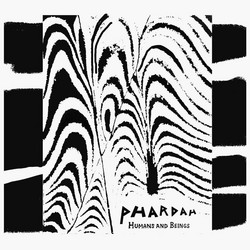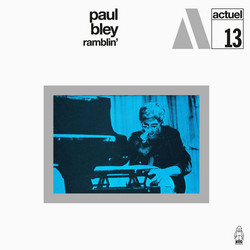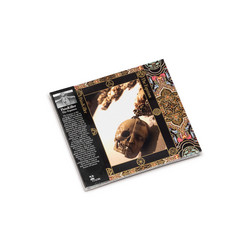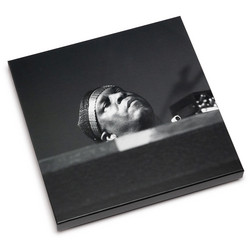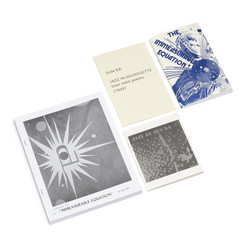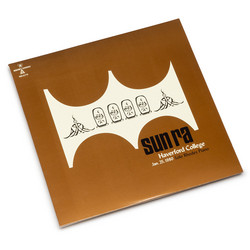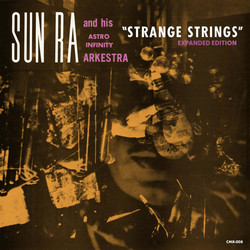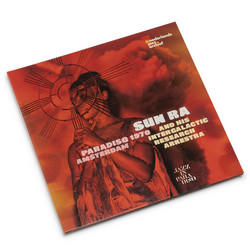Sun Ra stated that he wanted to create otherworldly emotions on this album. These emotions are “disguised as jazz,” to quote one of Ra’s poems. The Futuristic Sounds of Sun Ra, recorded in 1961, consists of a range of simmering, swinging, riffing tunes full of deft counterpoint. On the surface, these tunes show a rather restrained side of Sun Ra and his Arkestra, yet below that surface lurk some unsettling emotions. Some might mistake those unsettling feelings for detachment, or worse, emotional vacuum. Not the case. The Arkestra instead presents on this album a collection of emotions that cannot readily be pinned down with a name. To understand this idea, look no further than the song titles: “China Gates,” “Space Jazz Reverie,” “Of Wounds and Something Else,” “What’s that?” or “Tapestry from an Asteroid”. All of these titles evoke something unknown, something unfamiliar, pointing the listener to some unexplored place. Next, we can look at his musical forms, in and of themselves familiar. “Bassism” riffs seductively with fragmented blues tones, but the sound stretches away from you, like the Arkestra is playing through the void of space.
“Space Jazz Reverie” ostensibly sounds like a large-ensemble take on hard bop: mid-tempo swing, strange-but-not unheard-of intervals and a string of solos. But Ra’s comping on the piano generates an unsettling backdrop that keeps the tune just slightly out of balance- dense chords want to become clusters of sound, harmony and melody begin to merge with rhythm. After the solos comes a bizarre bridge where Bernard McKinney’s trombone and Marshall Allen’s alto sax weave together two disparate themes, only to arrive again, resolved, in the head arrangement. You can also hear this approach on “Jet Flight,” “What’s That?” and “Where’s Tomorrow?”. “Looking Outward” builds on a familiar Afro-Cuban rhythm, but it is only skeletal: merely the idea of Afro-Cuban.
The Arkestra adorns it with a trance-like flute figure and a distant, yearning bass clarinet drone. “The Beginning” and “New Day” mutate the Afro-Cuban motif in a similar fashion, retaining Ronnie Boykins’ sharp, cyclic bass lines, and now adding high-pitched bells, crying horns and an even richer bed of percussion. The familiar becomes unfamiliar, and hence, something new and exciting. What exactly are these new, otherworldly emotions? For me to try and pin it down for you would be go against the grain of what the music is trying to say. We all have to find out for ourselves. Personally, The Futuristic Sounds of Sun Ra sounds like the imagination at work, and from where I am sitting, that makes a beautiful sound.







